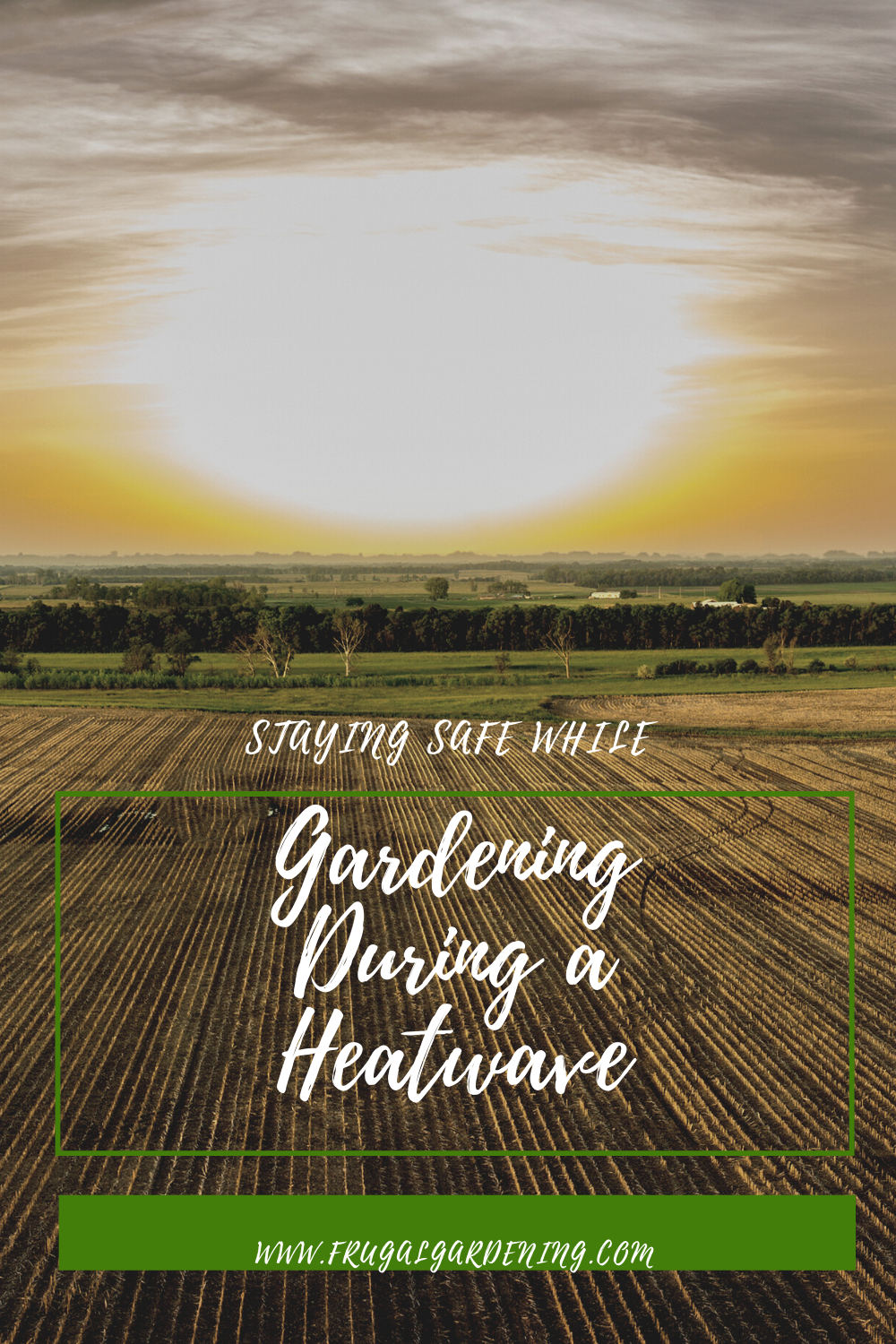
Many gardeners look forward to the summer because it means that the gardening season is in full swing. By mid-July, plots are lush with produce, and flowers are in full bloom. But mid-summer is also a ripe time for heatwaves. As the summers get hotter, it’s getting more and more important to prepare for scorching weather.
After all, you can’t garden if you’re suffering from heatstroke. Gardening in the heat requires careful planning and listening to your body.
Tips for gardening in the heat
These tips for gardening in the heat have less to do with caring for your plants and more to do with taking care of yourself. Plants can grow back. But you can’t. So let’s make sure you stick around to garden another season!
Here’s how to stay safe when digging during the hottest months of the year:
- Avoid the afternoons. The middle of the day is always the hottest. Don’t try to do effort-heavy tasks when the sun is out in full swing. You’re asking for trouble if you do this. The morning and evening are the best times for hot weather gardening.
- Stay hydrated. If you must go out when it’s very hot, make sure to stay hydrated. Bring water with you—ideally with ice.
- Find some shade. Chances are, your garden is probably in full sun. If you need to, use some kind of portable shade to keep from overheating.
- Take breaks. Regularly stop what you’re doing and head to cooler spots in the garden (or inside where there’s air conditioning.) When it’s really hot outside, don’t try to do tasks in long chunks. Split up your gardening day into short mini trips.
- Cool off with the hose. I don’t usually advocate for wasting water like this, but don’t hesitate to use your garden hose to cool down if you’re overheating.
- Ask someone to check on you. Some people are more susceptible to the effects of heat. If you know that you struggle in hot weather, ask a housemate or neighbor to check on you periodically.
Signs of heatstroke
Heatstroke is a potentially fatal yet preventable condition that first starts with heat exhaustion. If you notice you’re experiencing symptoms of heat exhaustion, find a spot to cool down and make sure you hydrate.
According to the Centers for Disease Control and Prevention (CDC), signs of heat exhaustion include:
- Excess sweating
- Pale, clammy skin that feels cold to the touch
- Rapid heartbeat may feel weak
- Nausea and vomiting
- Cramping
- Weakness
- Dizziness
- Headache
If you throw up, get worse, or have symptoms that last longer than an hour, the CDC recommends seeking immediate medical attention.
If a person has an extremely high body temperature, hot skin, and a rapid, strong heartbeat, they may be experiencing heatstroke. They may also be confused or pass out. Heatstroke is a medical emergency that requires immediate attention.
Another tip: Whenever you’re outdoors, don’t forget to wear sunscreen. Just because it’s cloudy or cold outside doesn’t mean you should skimp on sun protection.

Steph Coelho is a freelance writer gardening in zone 5b. She is a certified Square Foot Gardener and has taught various garden-related workshops. When she’s not digging in the dirt or writing, she’s cooking up fresh produce, running, or listening to her favorite podcasts.
Leave a Reply